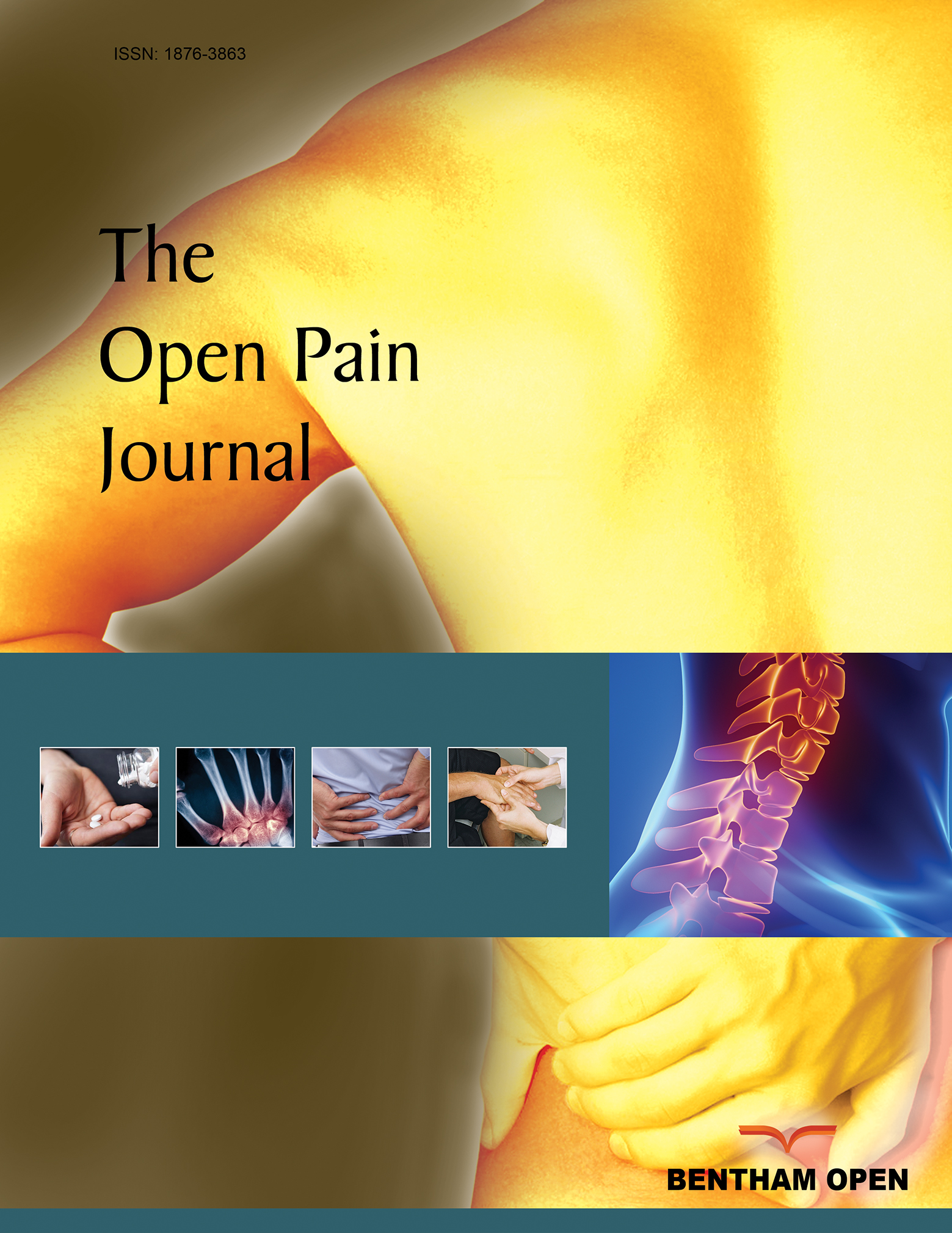All published articles of this journal are available on ScienceDirect.
The Qualitative Hyperalgesia Profile: A New Metric to Assess Chronic Post-Thoracotomy Pain
Abstract
Thoracotomy often results in chronic pain, characterized by resting pain and elevated mechano-sensitivity. This paper defines complex behavioral responses to tactile stimulation in rats after thoracotomy, shown to be reversibly relieved by systemic morphine, in order to develop a novel qualitative “pain” score. A deep incision and 1 hour of rib retraction in male Sprague-Dawley rats resulted in reduced threshold and a change in the locus of greatest tactile (von Frey filament) sensitivity, from the lower back to a more rostral location around the wound site, and extending bilaterally. The fraction of rats showing nocifensive responses to mild stimulation (10 gm) increased after thoracotomy (from a preoperative value of 0/10 to 8/10 at 10 days post-op), and the average threshold decreased correspondingly, from 15 gm to ~4 gm. The nature of the nocifensive responses to tactile stimulation, composed pre-operatively only of no response (Grade 0) or brief contractions of the local subcutaneous muscles (Grade I), changed markedly after thoracotomy, with the appearance of new behaviors including a brisk lateral “escape” movement and/or a 180o rotation of the trunk (both included as Grade II), and whole body shuddering, and scratching and squealing (Grade III). Systemic morphine (2.5 mg/kg, i.p.) transiently raised the threshold for response and reduced the frequency of Grade II and III responses, supporting the interpretation that these represent pain. The findings support the development of a Qualitative Hyperalgesic Profile to assess the complex behavior that indicates a central integration of hyperalgesia.


